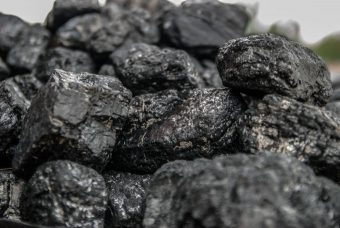
China will stop approving new coal mines for the next three years and continue to trim production capacity as the world’s biggest energy consumer tries to shift away from the fuel as it grapples with pollution. China will suspend the approval of new mines starting in 2016. and will cut coal’s share of its energy consumption to 62.6 percent next year, from 64.4 percent now, Xinhua News Agency reported Tuesday, citing National Energy Administration head Nur Bekri. It’s the first time the government has suspended the approval of new coal mines, according to Deng Shun, an analyst with ICIS China.
The world’s biggest producer of carbon emissions is seeking to boost the use of renewable fuels as smog has blanketed cities from Shanghai to Beijing, forcing factories and schools to close and intensifying pressure on public officials to cut pollution. This month China suspended price adjustments for fuel as a way to curb automobile exhaust and it has pledged to peak carbon emissions around 2030, by which time it aims to derive 20 percent of the energy it uses from clean sources.“This new policy, along with efforts to eliminate inefficient mines, may help to ease the severe domestic oversupply” of coal, Deng said by phone from Guangzhou. “It will take several years to take effect.”
Renewable Boost
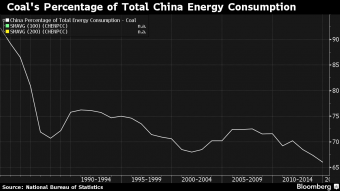 The country will also close more than 1,000 coal mines next year, taking out 60 million metric tons of unneeded capacity, according to the Xinhua report. China shuttered a similar number of mines this year, wiping out 70 million tons of production, according to a separate statement from the NEA dated Dec. 29. The country is on track to produce 3.58 billion tons of coal this year, down 0.5 percent from 2014, according to the NEA. China plans to increase wind and solar power capacity by more than 21 percent and have at least 20 gigawatts of new wind power installations and 15 gigawatts of additional photo voltaic capacity next year, according to the NEA statement.
The country will also close more than 1,000 coal mines next year, taking out 60 million metric tons of unneeded capacity, according to the Xinhua report. China shuttered a similar number of mines this year, wiping out 70 million tons of production, according to a separate statement from the NEA dated Dec. 29. The country is on track to produce 3.58 billion tons of coal this year, down 0.5 percent from 2014, according to the NEA. China plans to increase wind and solar power capacity by more than 21 percent and have at least 20 gigawatts of new wind power installations and 15 gigawatts of additional photo voltaic capacity next year, according to the NEA statement.
Beijing officials on Friday raised the city’s air pollution alert to orange, the second-highest on the four-grade scale, warning children and the elderly to avoid outdoor activities as limited visibility from the thick smog forced the airport to cancel 227 departures. The chronic air pollution has renewed calls for the government to make better forecasts and act faster to help clear the skies over the city of 21.5 million. Coal demand in China has slid as its economy slows amid a shift toward consumption-led growth and while it intensifies efforts to rein in pollution. China plans to ask companies to replace electricity generated from their own coal-fired plants with renewable energy, the National Development and Reform Commission said last month. Thermal coal at the port of Newcastle in Australia, a global benchmark, dropped to $50.63 a ton in the week ended Dec. 25, the lowest since December 2006, according to data from Global coal. Prices have declined 18 percent this year.
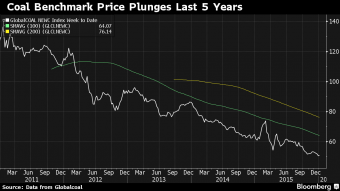 China’s total coal production capacity including under mines construction is estimated at more than 5 billion tons while its coal output for next year will probably reach 3.7 billion tons, leaving more than 20 percent of its capacity idle, according to David Fang, a director with China Coal Transport and Distribution Association in Beijing. “We expect to see less downside pressure on coal prices in view of ongoing production cuts in 2016 and demand recovery, albeit at a slow pace,” said Helen Lau, an analyst with Argonaut Securities (Asia) Ltd. “China is still oversupplied.” The NEA estimates China next year will consume 3.96 billion tons of coal, 550 million tons of oil and 205 billion cubic meters of natural gas, according to the Xinhua report.
China’s total coal production capacity including under mines construction is estimated at more than 5 billion tons while its coal output for next year will probably reach 3.7 billion tons, leaving more than 20 percent of its capacity idle, according to David Fang, a director with China Coal Transport and Distribution Association in Beijing. “We expect to see less downside pressure on coal prices in view of ongoing production cuts in 2016 and demand recovery, albeit at a slow pace,” said Helen Lau, an analyst with Argonaut Securities (Asia) Ltd. “China is still oversupplied.” The NEA estimates China next year will consume 3.96 billion tons of coal, 550 million tons of oil and 205 billion cubic meters of natural gas, according to the Xinhua report.
Source: www.bloomberg.com


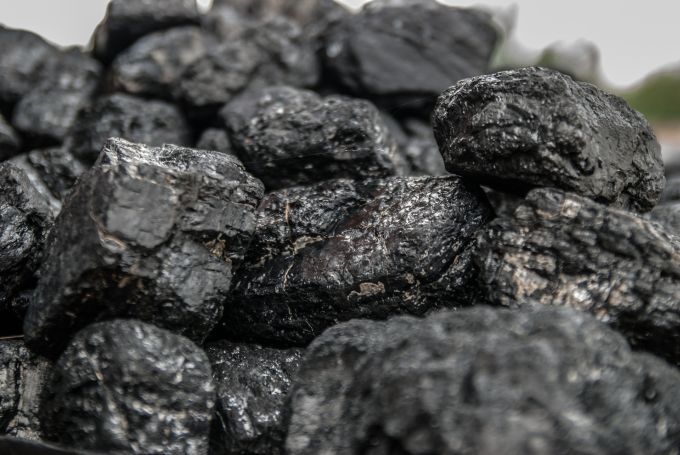

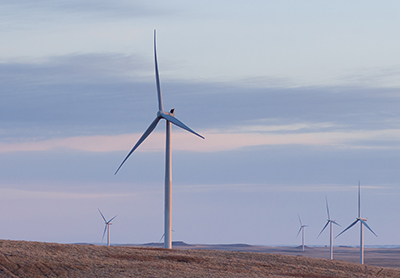
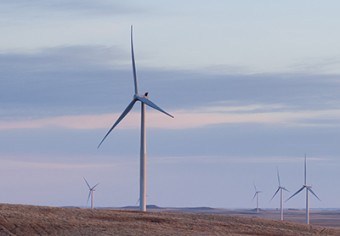
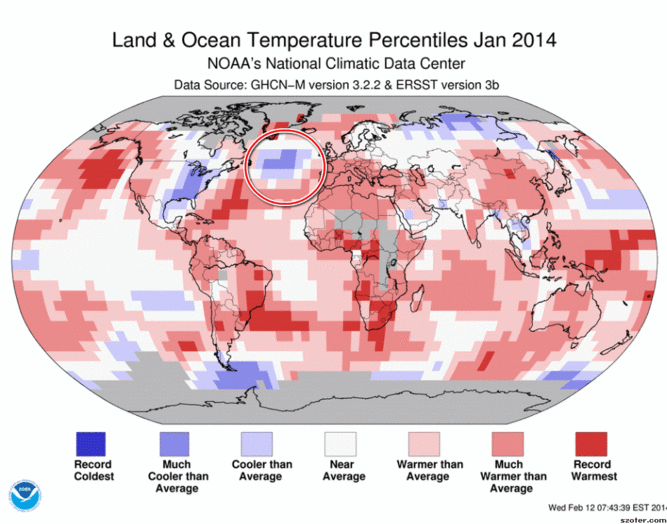

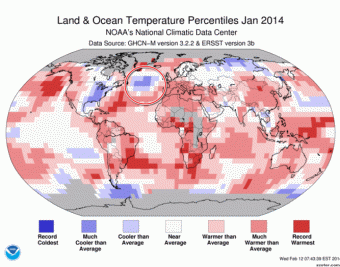
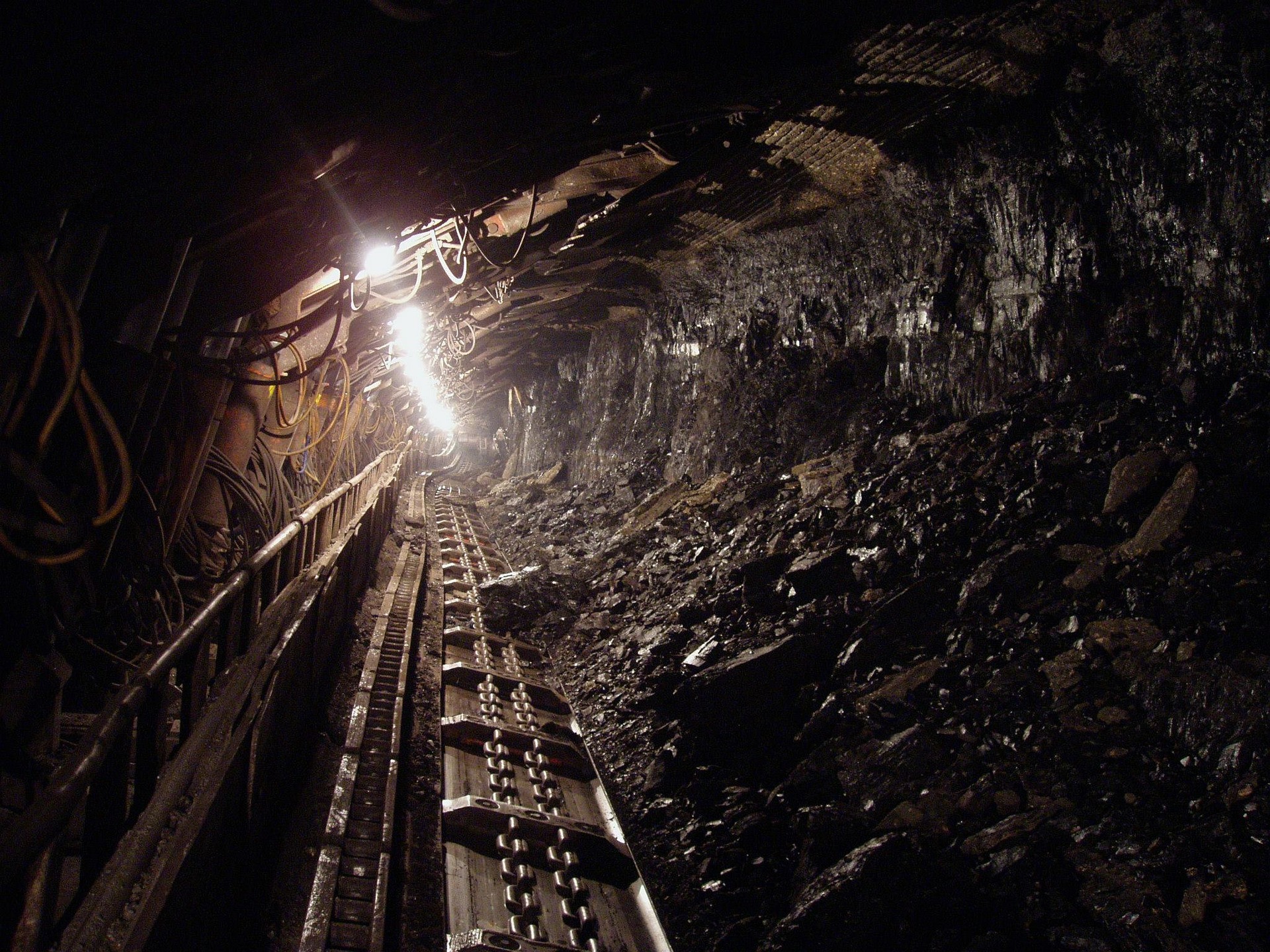
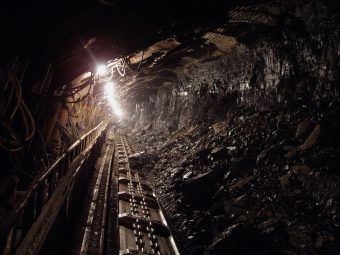

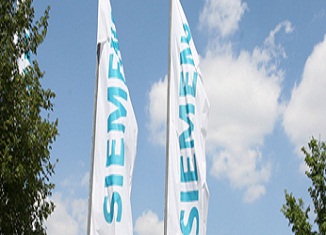
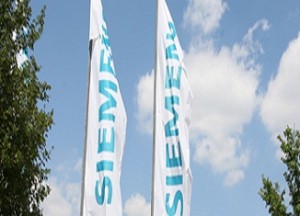
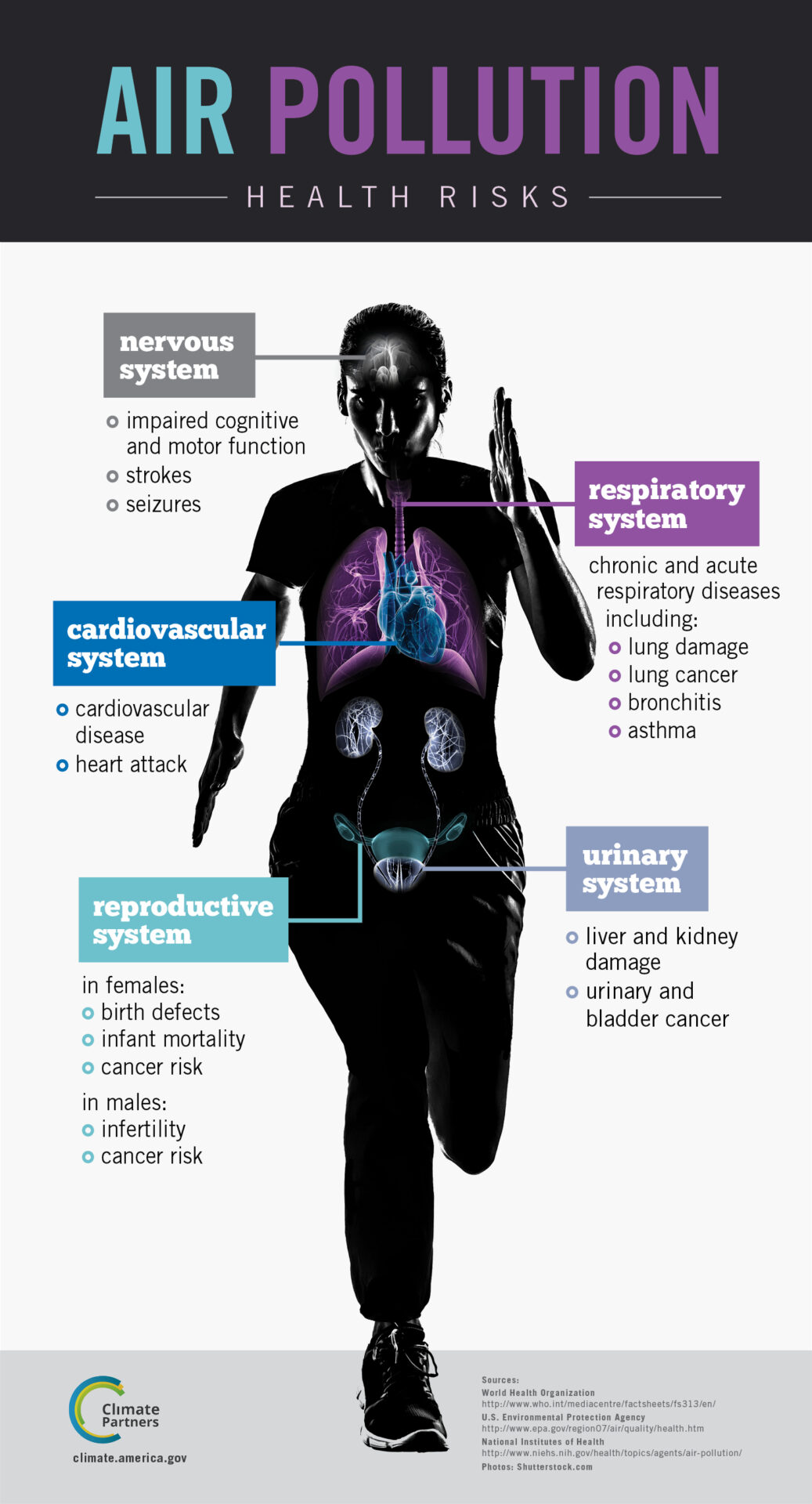
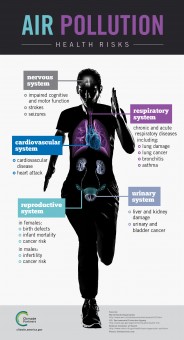 It’s worse than getting a scratchy throat. Breathing greenhouse gases and airborne particulate matter can make you seriously ill. These pollutants damage children’s developing lungs and cause asthma in children and adults alike. And that’s not all, as this diagram shows. Outdoor air pollution is among the topmost killers of the world in terms of shortening people’s life span, and it is estimated that it causes around 3 million deaths worldwide each year,” said air quality expert Rashid Shaikh. But solutions are available: Low-sulfur fuels and diesel particulate filters can drastically cut harmful pollutants — and save lives.
It’s worse than getting a scratchy throat. Breathing greenhouse gases and airborne particulate matter can make you seriously ill. These pollutants damage children’s developing lungs and cause asthma in children and adults alike. And that’s not all, as this diagram shows. Outdoor air pollution is among the topmost killers of the world in terms of shortening people’s life span, and it is estimated that it causes around 3 million deaths worldwide each year,” said air quality expert Rashid Shaikh. But solutions are available: Low-sulfur fuels and diesel particulate filters can drastically cut harmful pollutants — and save lives.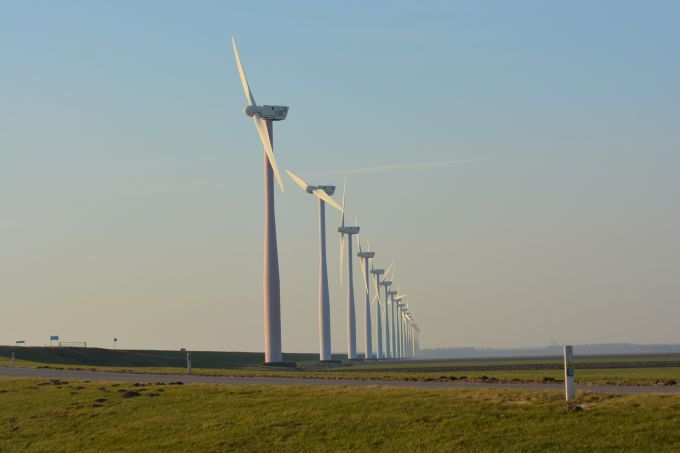
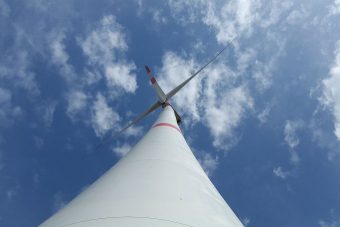
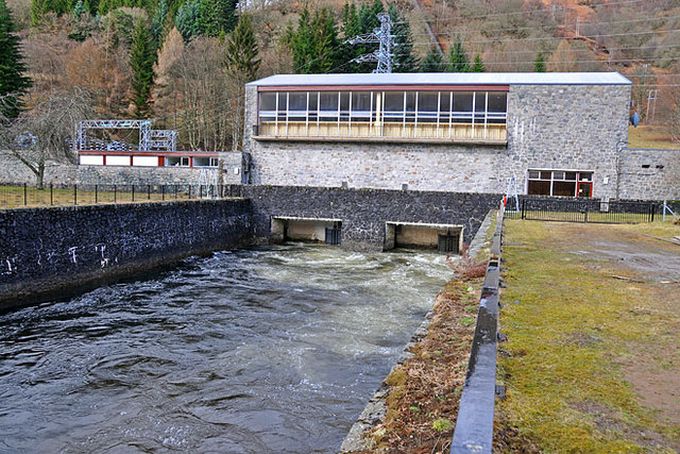



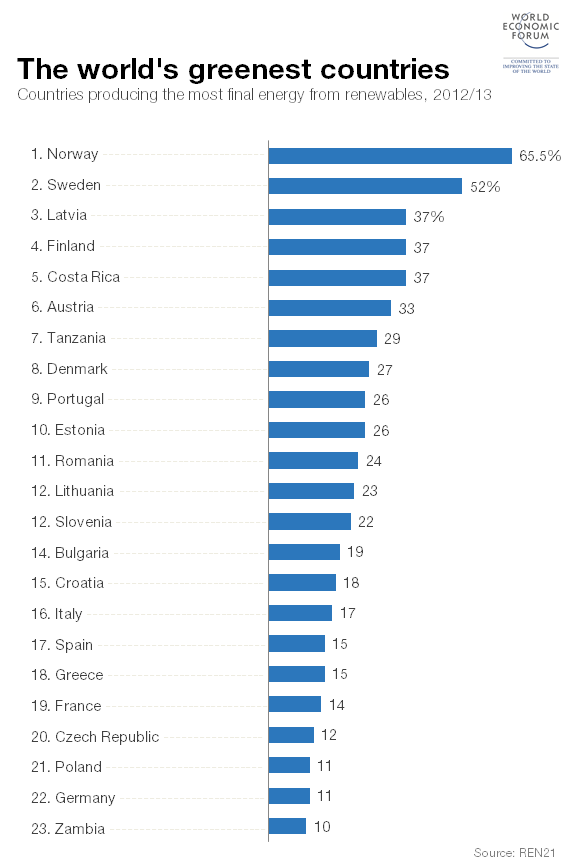
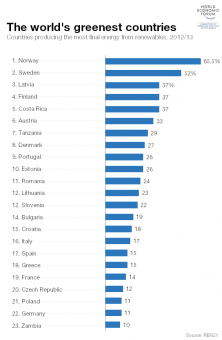 News that India has opened the first airport to be entirely powered by solar energy has underlined the growth in renewable energy. The sector has been growing strongly despite the dramatic fall in the price of oil and last year 59% of all new power generated around the world came from renewable sources.
News that India has opened the first airport to be entirely powered by solar energy has underlined the growth in renewable energy. The sector has been growing strongly despite the dramatic fall in the price of oil and last year 59% of all new power generated around the world came from renewable sources.

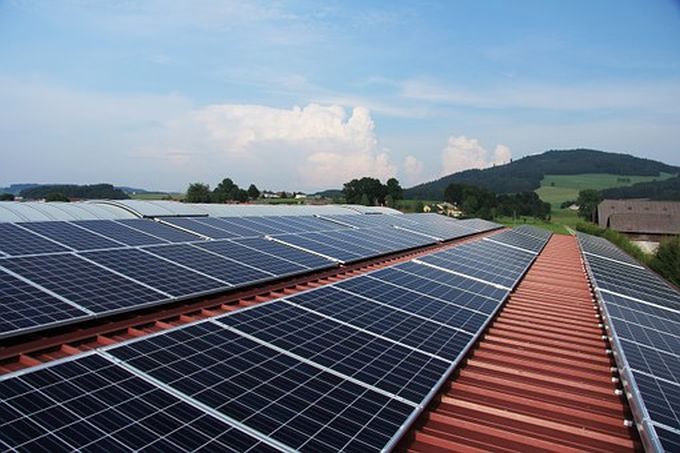
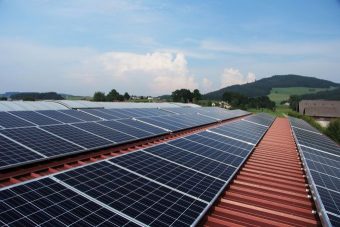


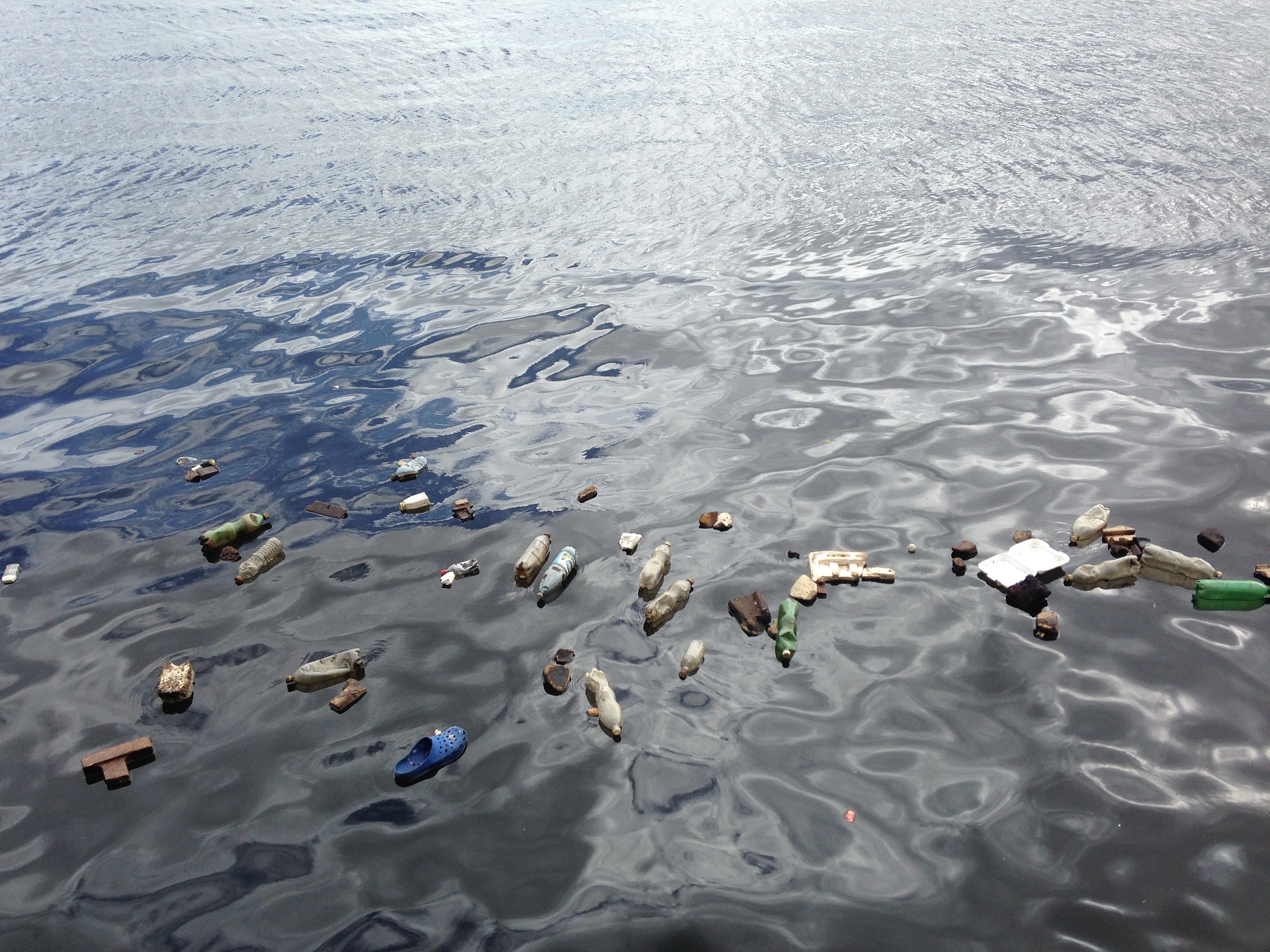
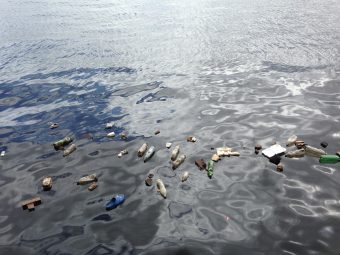
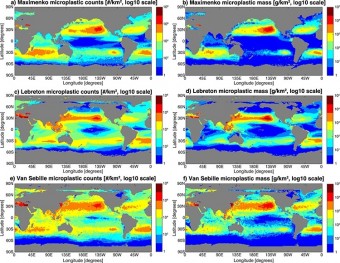 Why is it more? It has more data and more recent data. It combines the efforts of three different ocean models, so the resolution is a lot better. There’s also a lot more plastic in the ocean. Consider that in 2013 the plastics industry reported 300 million metric tons of new plastic produced in that year and a lot of it used for single-use throw away products sent to countries that have poor waste management. That combo is a recipe for trashed seas.
Why is it more? It has more data and more recent data. It combines the efforts of three different ocean models, so the resolution is a lot better. There’s also a lot more plastic in the ocean. Consider that in 2013 the plastics industry reported 300 million metric tons of new plastic produced in that year and a lot of it used for single-use throw away products sent to countries that have poor waste management. That combo is a recipe for trashed seas.
